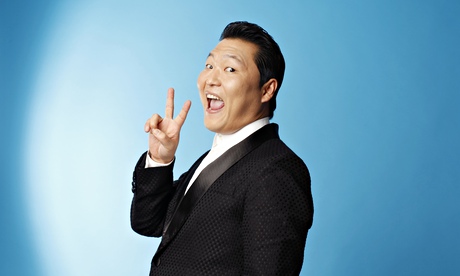
The Korean-American writer Euny Hong might not have intended to bust quite as many myths as she does in The Birth of Korean Cool, her highly entertaining account of how South Korea, once one of the world's poorest and least fashionable countries, became a cultural superpower. However, among the tired shibboleths that fall along the way, are that of the infinite wisdom of markets, private enterprise as invariably a more effective driver of growth than government action – 25% of venture capital in Korea in 2012 came from the government – and that government intervention makes people lazy.
Two decades before China loosened the shackles of Mao's totalising dogma and began its own climb out of poverty, its smaller neighbours were blazing their own trails, demonstrating how poor agrarian countries with little in the way of exploitable natural resources might transform their economies and societies. Their capital, they all understood, was human, and it needed government support to realise its potential.
Today, the South Korean capital Seoul is one of the most modern on the planet while North Korea, historically the more prosperous half of the Korean peninsula, lives on the edge of hunger. It's easy to forget that, in the 1960s, South Korea's per capita GDP was less than that of the socialist paradise to the north, or of countries such as Ghana. Even as late as the 1970s, there was little to choose between living standards in Seoul and Pyongyang.
Today, South Korea is the world's 15th largest economy and London worker bees would buzz with envy at the superfast internet connection their counterparts in Seoul enjoy on their air-conditioned subway journeys to work, all courtesy of enlightened government investment.
South Korea's rags-to-riches story was rapid and, inevitably, wrenching, achieved through a fierce discipline that included routine thrashing and bullying of schoolchildren, enforced patriotic shopping habits, and a Stakhanovite dedication to hard work. It also benefited from the government's determination to overcome such setbacks as the 1997 Asian financial crisis, which hit South Korea hard, with creative planning for the future.
It was at that point that the leader of the day, president Kim Dae-jung, looking around at the catastrophe the crisis had wrought and with little capital to throw around, decided that South Korea would become the world's leading exporter of culture – hallyu. It was an unlikely call, but two decades on, K-pop earns millions for the country; Korea's TV soap operas bring entire nations to a halt in Asia, Africa and the Middle East; the world's young play its video games, and the country has conjured up an internationally renowned film industry from nowhere. Add to that the fact that Gangnam Style was the most watched music video all time. It was made by Psy, the closest South Korea comes to a bad boy: his transgression was to walk on the grass when he was seven.
How was all this done? With the same formula that had brought Samsung from the mediocrity of "Samsuck" to world leadership in mobile telephony: a focus on key sectors, with government support and investment.
The government, for instance, wired the entire country for high-speed broadband and is now wiring every household with a one-gigabit-per-second connection, 200 times faster than the US average internet speed. The first South Korean soap to make it abroad, What Is Love All About?, was dubbed into Cantonese at government expense, smuggled into Hong Kong in a diplomatic bag in 1992, and secured its place on Hong Kong TV when South Korean companies were arm-twisted into buying up the advertising slots.
Strict discipline and hard work apply equally in the world of Korean pop. A K-pop band does not come together in the parental garage: its members are rigorously trained for seven years before ever being allowed to perform in public.
Euny Hong argues that, apart from the social and political factors that made this success, South Korea's ambitions are driven by a combination of fear and deep resentment: fear of their unstable and dangerous evil twin to the north, and resentment – han – at centuries of intermittent oppression by their regional neighbours, with Japan in the top slot.
Exporting culture is not just profitable in itself. If the people of the emerging economies are captivated by Korean soap opera or K-pop, they will be the more inclined to buy Korean fridges, computers, televisions and cars. They, too, want to live a dream. Korea's genius was to make that dream Korean.

